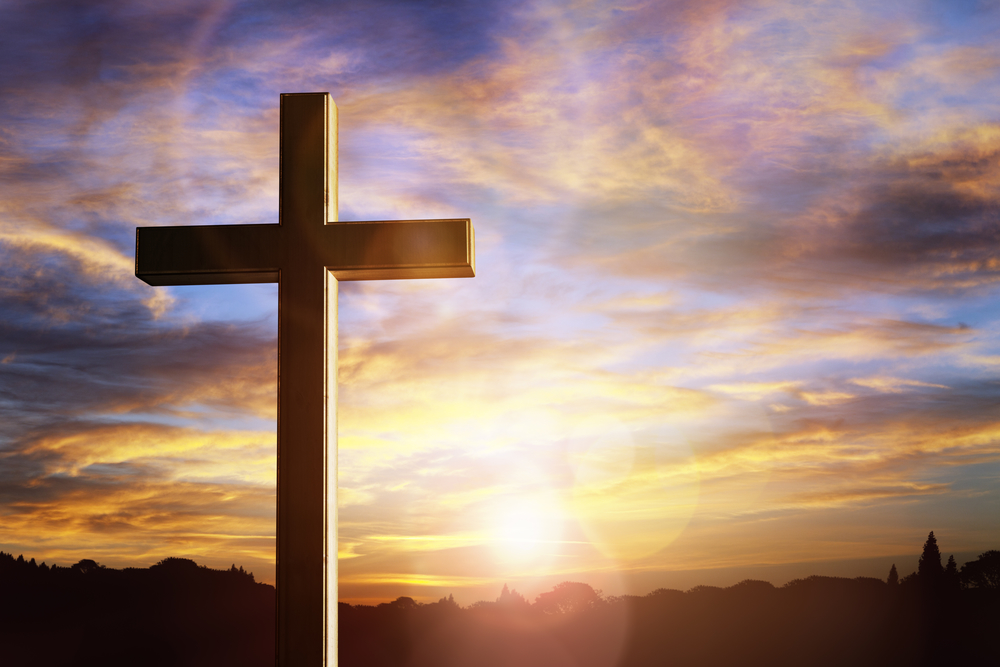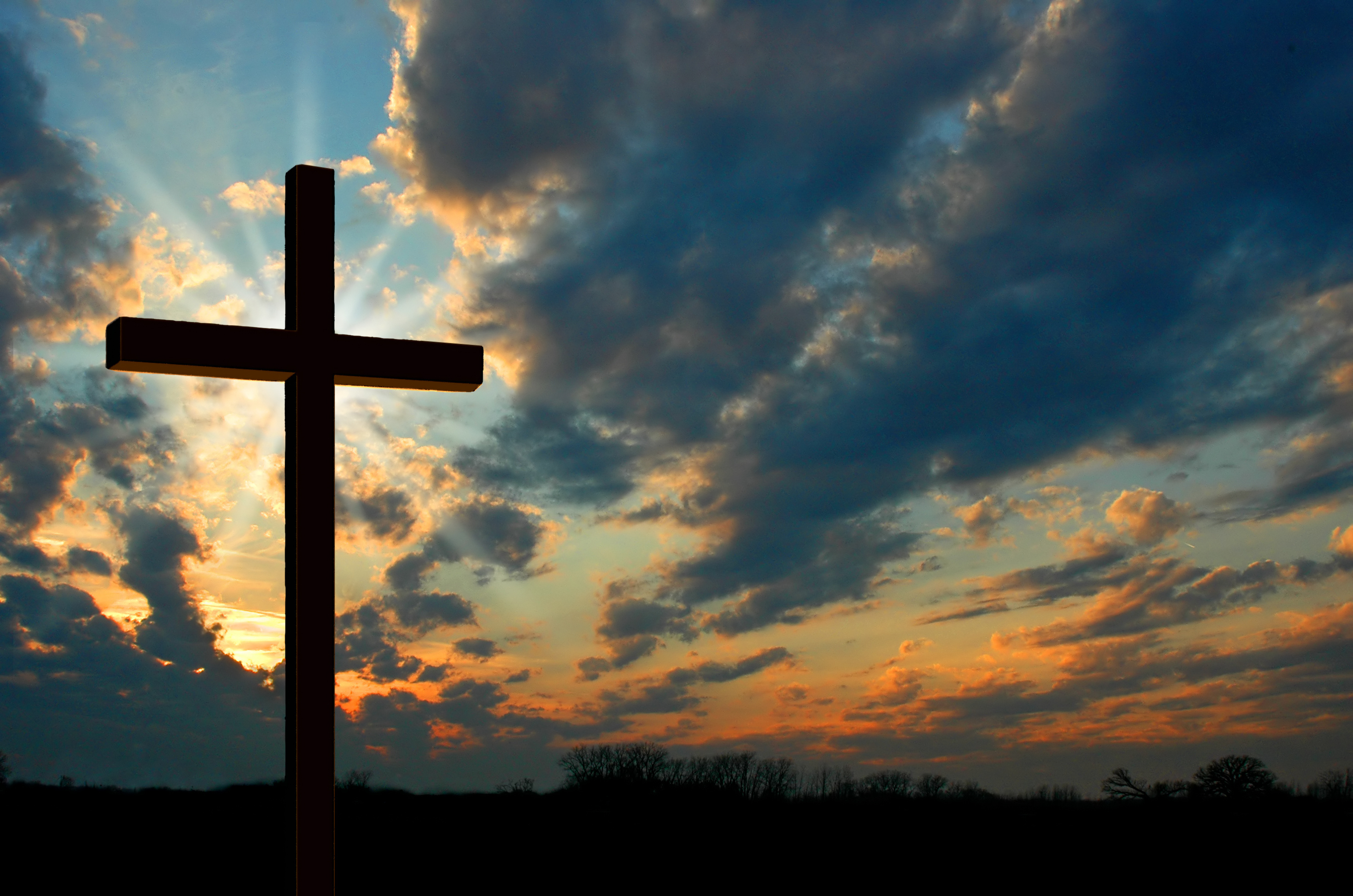The cross of Saint Peter is more than just a religious emblem—it carries deep meaning tied to early Christian history, martyrdom, and humility. Unlike the traditional Latin cross associated with Jesus Christ, this unique symbol reflects the way Saint Peter, one of Jesus’ closest disciples, chose to face his own death. So, what exactly is the cross of Saint Peter, and why does it matter to people today? Whether you're exploring Christian iconography, researching historical symbols, or simply curious about lesser-known religious artifacts, understanding this symbol can offer new insight into faith and sacrifice.
For many, the cross of Saint Peter represents a turning point in the early Christian movement. It reminds believers of the humility and devotion of one of the faith's most central figures. Others may come across it in art, jewelry, or church architecture and want to know its significance. Either way, there's more to this symbol than meets the eye.
In this article, we’ll dive into the meaning, history, and modern relevance of the cross of Saint Peter. We’ll look at where it appears, what it stands for, and why it still resonates with people today. Along the way, we’ll also answer some of the most commonly asked questions about this intriguing symbol. So, if you're ready to explore the story behind this unique cross, let’s get started.
- How The Kunle Afolayan Kids Are Shaping The Future Of Nigerian Cinema
- Devin Gibson Website Your Trusted Source For Tech Insights
- Catalina Express Long Beach
- Europa Arms Quest Guide
- Unraveling The Mystery Nicole Moraccini Missing Case Update And Biography
Table of Contents
- A Humble Choice: The Origins of the Cross of Saint Peter
- What Does the Cross of Saint Peter Represent?
- How Is the Cross of Saint Peter Designed?
- Where Do You See the Cross of Saint Peter Today?
- Frequently Asked Questions About the Cross of Saint Peter
A Humble Choice: The Origins of the Cross of Saint Peter
So, where did the cross of Saint Peter come from? Well, it all starts with Saint Peter himself. According to early Christian tradition, Peter was crucified in Rome during the reign of Emperor Nero, around the year 64 AD. He was martyred for his faith, just like many other early Christians. But here’s the thing—he didn’t die on a regular cross.
Instead, Peter reportedly asked to be crucified upside down. Why? Because he felt unworthy to die in the same way as Jesus Christ. That’s where the cross of Saint Peter gets its distinctive shape: it’s an inverted Latin cross, with the longer beam at the bottom and the shorter one near the top. This design became a powerful symbol of humility and self-sacrifice.
Though the exact historical records of Peter’s death are not entirely clear, early Christian writings, like those of Origen and Eusebius, mention this unique form of execution. Over time, the upside-down cross became closely associated with Saint Peter, especially in Catholic and Orthodox Christian traditions. It’s a quiet but powerful reminder of how faith can shape someone’s final moments.
- How To Spot Catfishing Lessons From A Womans Test
- World War 1 Museum
- Everything You Need To Know About Chrissy
- Sophie Flay From Bobby Flays Kitchen To Culinary Stardom
- Fuquay Varina High School
What Does the Cross of Saint Peter Represent?
At its core, the cross of Saint Peter is a symbol of humility, sacrifice, and devotion. It reminds people that true leadership often means serving others and putting faith above personal pride. Peter, who was one of Jesus’ closest followers and later considered the first Pope, chose to die in a way that honored Jesus’ memory while also showing his own deep humility.
But here’s something interesting—this symbol has also been used in other ways over time. In some contexts, especially in modern media and pop culture, the upside-down cross has taken on alternative meanings. For example, it’s sometimes associated with rebellion or anti-religious movements, which can be misleading. However, in traditional Christian understanding, it remains a symbol of faith and humility.
If you ever come across this symbol, whether in a church, a museum, or even in jewelry, it’s worth knowing what it stands for. It’s not just an artistic choice; it’s a reflection of one man’s deep commitment to his beliefs, even in the face of death.
How Is the Cross of Saint Peter Designed?
The cross of Saint Peter looks different from the standard Latin cross you might see in most churches today. As mentioned earlier, it’s an upside-down Latin cross. The vertical beam is longer, and the horizontal beam is shorter and positioned closer to the top.
In artistic depictions, especially in early Christian art and Renaissance paintings, you might see Saint Peter holding or standing next to this type of cross. It’s often used in Christian iconography to identify him, especially in religious art from the Middle Ages onward.
It’s also worth noting that while the Latin cross is the most common form of the Christian cross, there are many other types of crosses used throughout history. Each has its own unique design and meaning. The cross of Saint Peter is just one of many, but its story and symbolism make it especially meaningful.
Where Do You See the Cross of Saint Peter Today?
You might wonder where you can see the cross of Saint Peter in the modern world. Believe it or not, it’s quite common in religious settings. You can find it in stained glass windows, church altars, religious medals, and even in the logos of certain Christian organizations.
For example, the Vatican uses symbols associated with Saint Peter, including his cross, in official insignias and emblems. The Papacy often honors Saint Peter as the first Pope, and his cross serves as a visual reminder of that legacy.
You can also find this symbol in jewelry and religious art. Some people wear it as a sign of devotion or to honor Saint Peter specifically. Others might choose it because of its unique shape and the story behind it.
Of course, as with any religious symbol, it’s important to understand its meaning before using or displaying it. If you’re curious about its use in a specific context, it might be worth doing a bit of research or even asking someone knowledgeable in Christian traditions.
For more on how religious symbols have evolved over time, you can learn more about Christian symbolism and how these icons continue to shape faith and culture today.
Frequently Asked Questions About the Cross of Saint Peter
Why is Saint Peter’s cross upside down?
According to tradition, Saint Peter requested to be crucified upside down because he didn’t feel worthy to die in the same way as Jesus. This act of humility became a lasting symbol and is now known as the cross of Saint Peter.
Is the upside-down cross a symbol of Satanism?
No, that’s a common misunderstanding. While some modern groups have used the upside-down cross in different ways, in traditional Christianity, it represents Saint Peter and his choice to die humbly. It’s not inherently a symbol of evil or rebellion.
Where can I find the cross of Saint Peter in religious art?
This cross appears in many Christian artworks, especially those depicting Saint Peter. You can also find it in church architecture, religious medals, and even in the Vatican’s official symbols. It’s often used to represent Peter’s leadership and martyrdom.
Related Resources:



Detail Author:
- Name : Marques Casper
- Username : henry.wisoky
- Email : delmer11@yahoo.com
- Birthdate : 1982-08-23
- Address : 86254 Percy Stravenue Letitiaside, MO 53076-0548
- Phone : 806-504-2856
- Company : Keeling-Boehm
- Job : Dentist
- Bio : Et voluptates minus alias ab aut culpa. Quo itaque quia eius est. Ratione id veritatis fugit accusantium vitae voluptatem.
Socials
facebook:
- url : https://facebook.com/kayden5452
- username : kayden5452
- bio : Dolor suscipit dolorum quod sit perspiciatis culpa.
- followers : 5318
- following : 1337
twitter:
- url : https://twitter.com/kaydenmayert
- username : kaydenmayert
- bio : Qui repellat autem libero labore sed qui. Voluptatem quia veritatis occaecati qui vero. Quam deleniti harum dolores nesciunt dolor.
- followers : 6402
- following : 1635